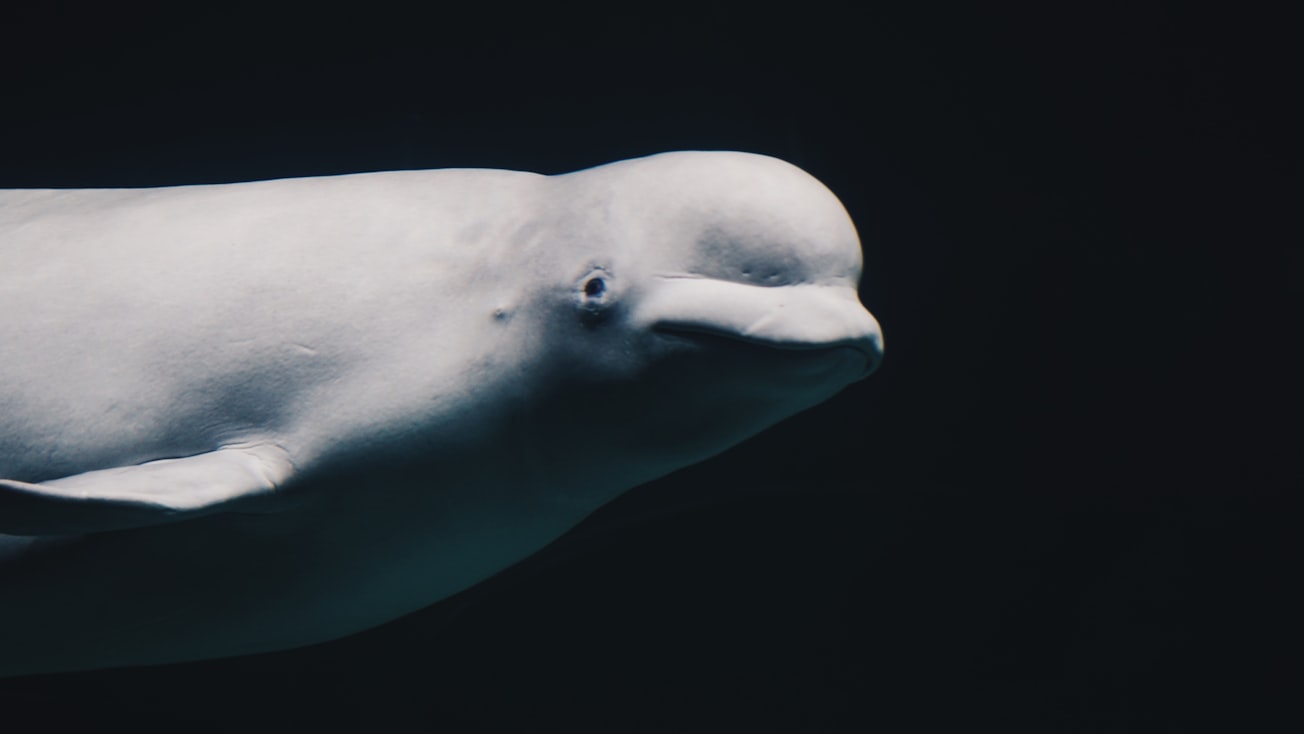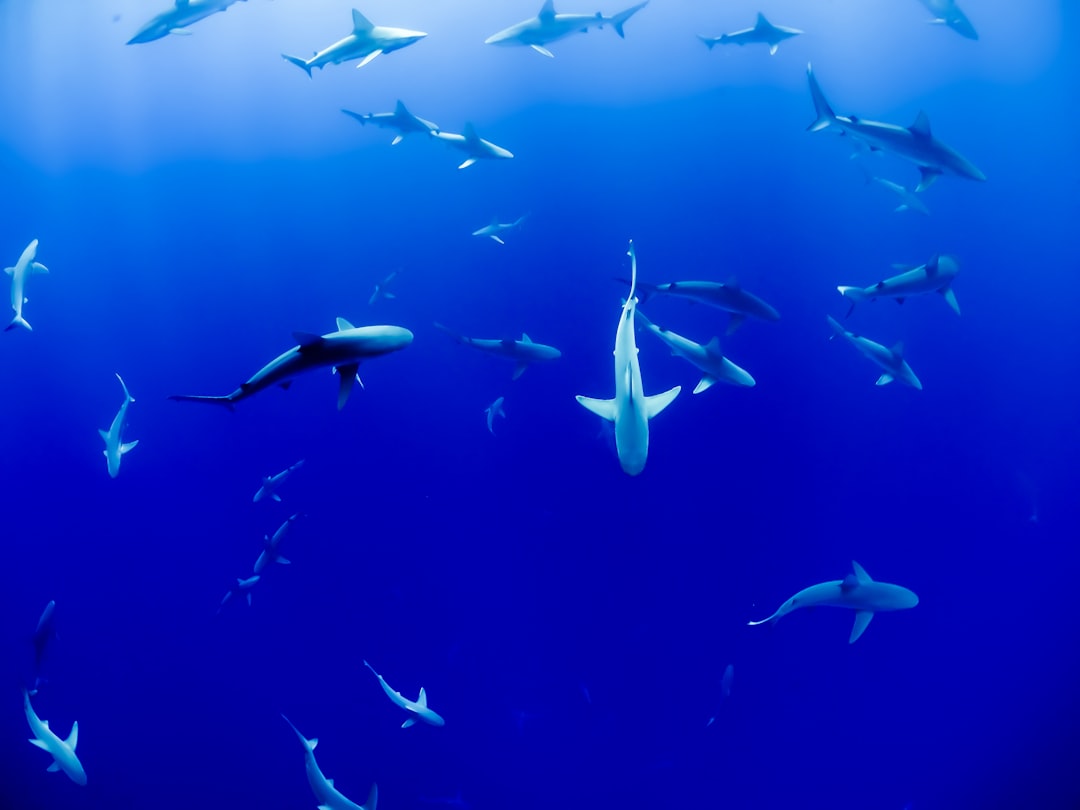What is it about?
Beluga whales are social marine mammals that live in groups ranging from 10 individuals to over 1000 animals depending on the time of year. Despite this high level of sociality, little is known about the social interactions wild belugas have with one another, and this is especially true for aggressive behavior. Aggressive behavior in belugas consist of both non-tactile displays (e.g., body posturing and head jerks) and physical contact that is described by one animal biting the other. These tactile interactions, where one animal bites another, leave parallel scars on the body of the animal, called rake marks, and can be used by researchers to determine aggression levels in whale and dolphin species. Here, we report on the scars observed on a population of beluga whales in the Canadian Arctic during the summer of 2015. We found that 44% of the 252 belugas observed had scarring caused by other belugas and the scars were mostly concentrated on the tail flukes. In contrast, previous reports on bottlenose dolphins found that around 80-100%--depending on the population--of dolphins had scarring caused by dolphins of the same species. This suggests that belugas do engage in aggressive tactile behavior but do so far less than bottlenose dolphins. Future research on other populations of beluga should be done to determine if there are population differences.
Featured Image

Photo by Mendar Bouchali on Unsplash
Read the Original
This page is a summary of: Conspecific scarring on wild belugas (Delphinapterus leucas) in Cunningham Inlet, Behaviour, April 2021, Brill,
DOI: 10.1163/1568539x-bja10086.
You can read the full text:
Contributors
The following have contributed to this page










